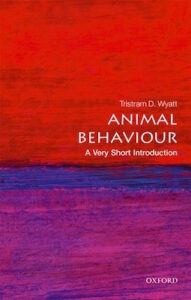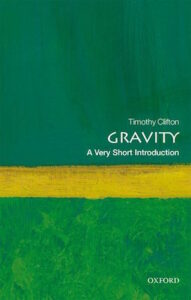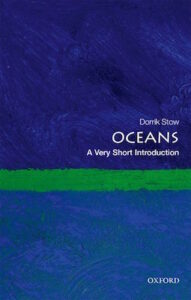What do chemists call a benzene ring with Iron atoms replacing the Carbon atoms? A ferrous wheel. Who says organic chemistry can’t be fun? OK, aside from most people who have taken a course in it…

What do chemists call a benzene ring with Iron atoms replacing the Carbon atoms? A ferrous wheel. Who says organic chemistry can’t be fun? OK, aside from most people who have taken a course in it…

Birds do it. Bees do it. Educated fleas? Yes, them too. But how do they pick their partners, or convince one another to do it with them? And after they do it, what comes next? All this, of course, is fair game for those who study animal behavior, as well as a wide range of other interesting subjects that Tristram D. Wyatt presents in his new “Animal Behavior; A Very Short Introduction.”

I defy you to find more than a handful of people who can provide a clear and relatively easy-to-comprehend explanation of gravity and its effects. Not just the basic “Newton’s apple” material most of us learned in school, but the deeper, universe-spanning phenomena in which it plays a role.

When I recently called up the Very Short Introductions section of the Oxford University Press website to check if any interesting natural history themed volumes were visible on the horizon, I found myself quoting that iconic, charismatic leader of the O.W.C.A., Major Francis Monogram, in exclaiming “Good googly moogly!”